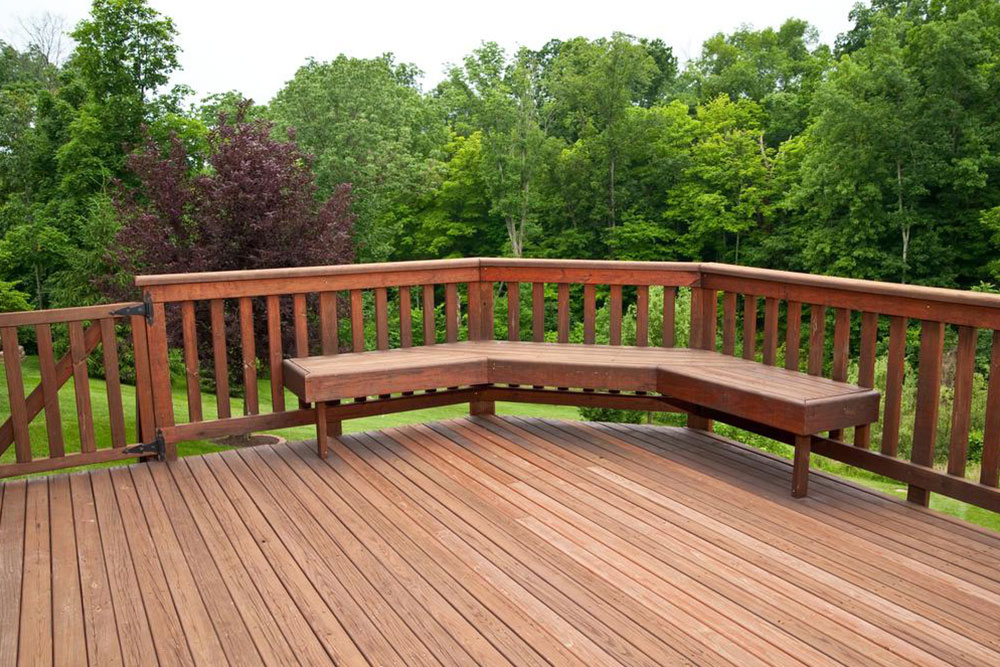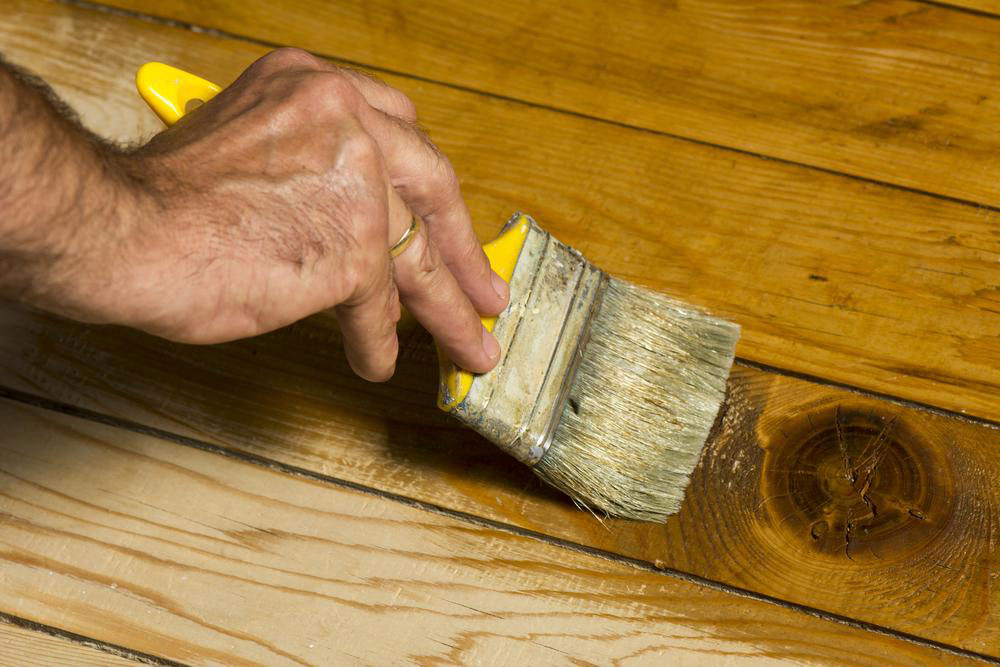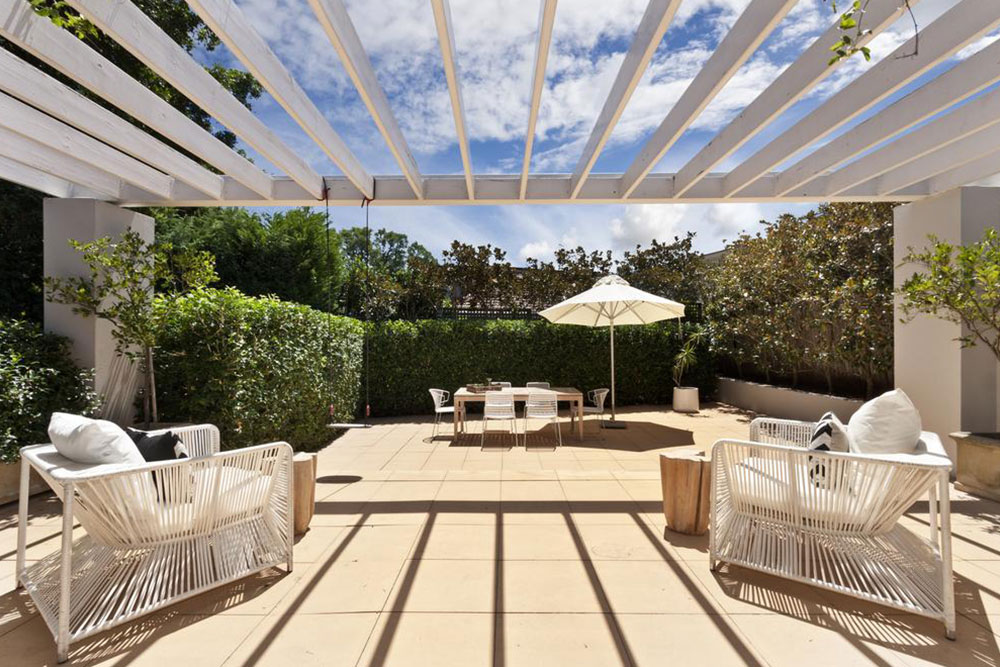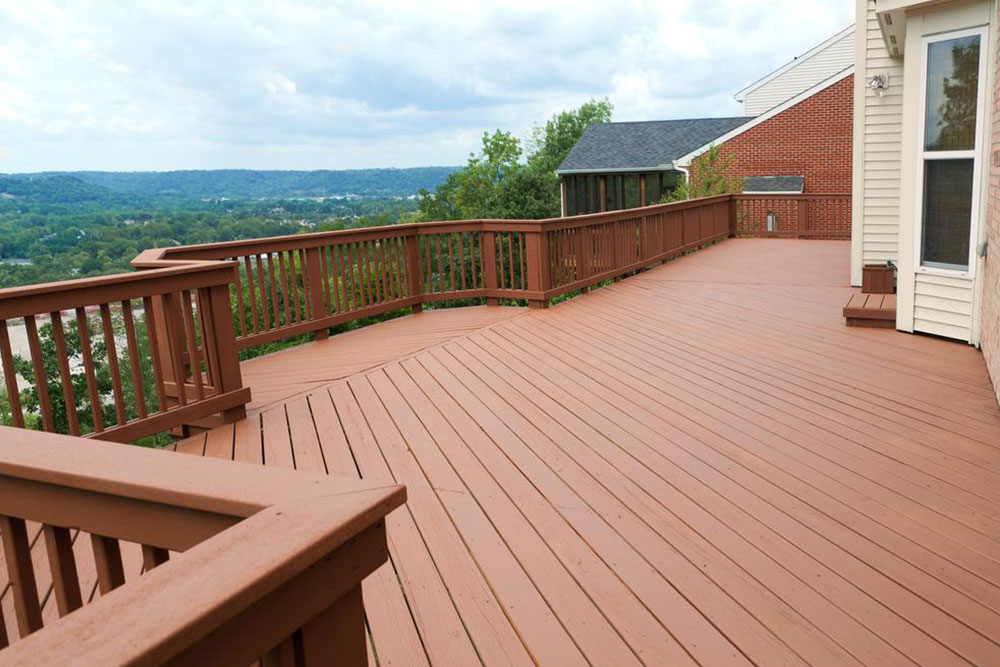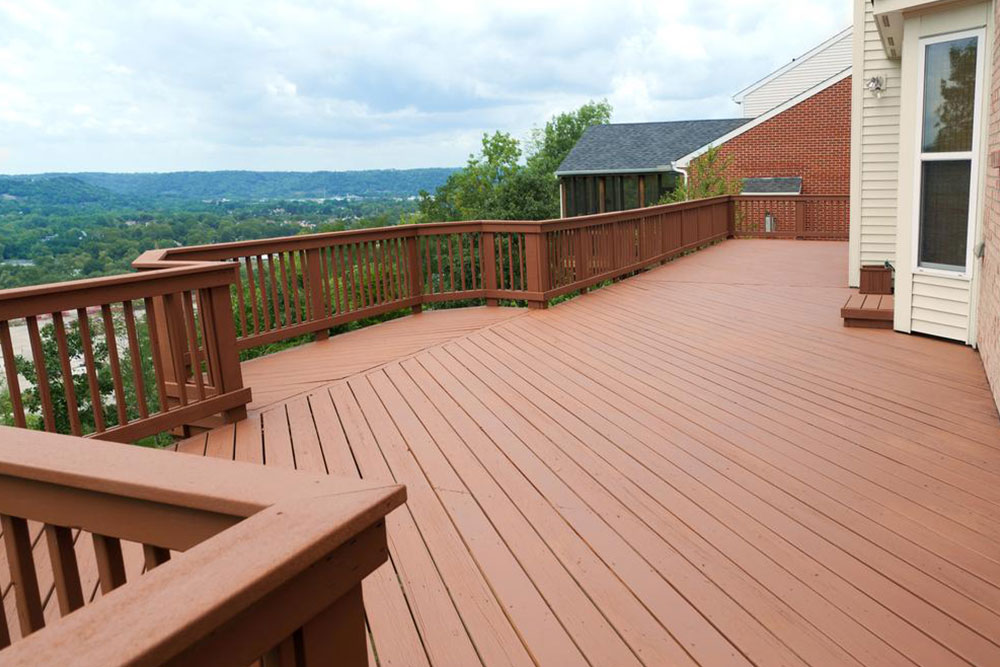Essential Considerations Before Installing Composite Decking
Discover essential tips for installing composite decking, including cost, maintenance, materials, and pros and cons. This guide helps homeowners make smart choices for durable, eco-friendly outdoor spaces, highlighting key considerations for selecting the right composite decking. Easy to maintain and resilient, composite decks are gaining popularity, but knowing the advantages and potential drawbacks ensures satisfaction and long-term value.
Top Factors to Keep in Mind Before Installing Composite Decking
Composite decking offers a durable and low-maintenance alternative to traditional wooden decks, making it a popular choice for homeowners. Though the industry has faced challenges in raw material procurement, its popularity has surged thanks to improvements in quality and affordability. If you're planning to add a composite deck to your outdoor space, understanding the key aspects can help you make an informed decision. Here are some important points to consider before installation.
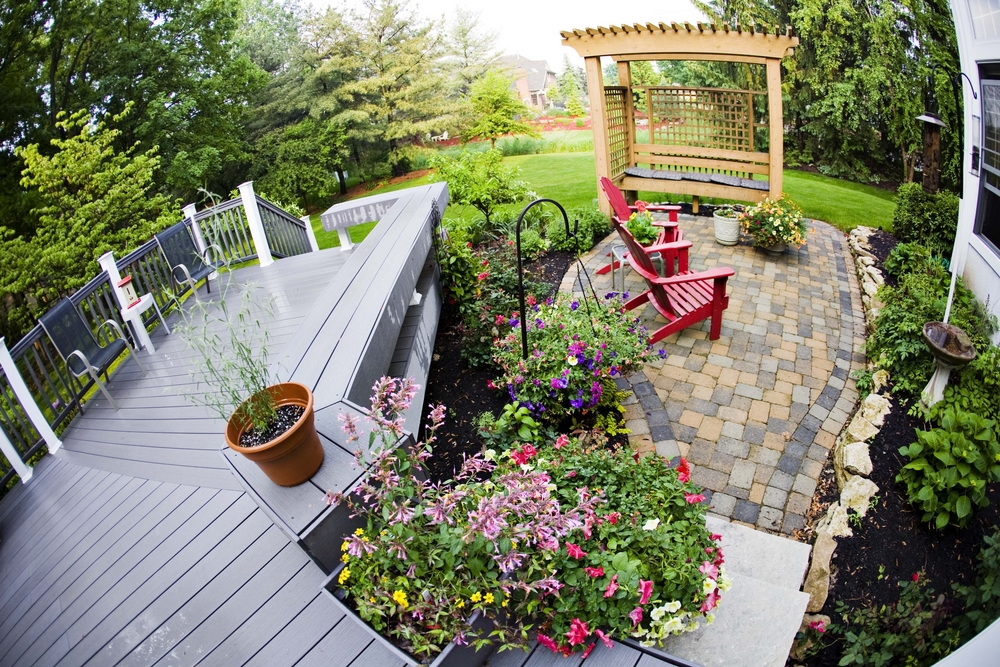
What should you think about when choosing composite decking?
Price: The cost varies, with basic boards starting around $4 per square foot and premium options reaching approximately $7.20 per square foot. Budgeting accordingly is crucial.
Warranty: Most manufacturers provide warranties up to 25 years or even a lifetime, often covering structural integrity. Be aware that warranties typically exclude fade, stain, and scratch damage, and some are transferable between homeowners.
Maintenance needs: Composite decking requires minimal upkeep. Unlike wood, it doesn't need polishing or pesticide treatments. A simple wash with soapy water is usually sufficient for cleaning.
Materials used: These boards are made by combining wood fibers and recycled plastics, enhanced with UV inhibitors, preservatives, and pigments. Surface textures can be embossed during manufacturing for added grip.
Recycled wood waste from mills and furniture factories is a primary raw material.
Recycled plastics, such as shredded milk jugs and shopping bags, are also used.
Advantages of composite decking:
Low maintenance: Unlike wood, composite decks resist stains without harsh chemicals, reducing upkeep costs over time.
Durability: These decks don't rot, warp, or attract pests, and they remain safe to walk on barefoot without splinters.
Color retention: Initially, the color may fade slightly, but it stabilizes, maintaining visual appeal for years.
Eco-friendly: Each panel incorporates thousands of recycled plastic bags and milk jugs, promoting sustainability.
Disadvantages to consider:
Higher upfront costs: Composite decking can be about 30% more expensive than pressure-treated pine.
Staining issues: Grease, food spills, and some stains may occur but tend to fade over time.
Heat absorption: During warm months, composite boards can become hot to walk on, especially those with deep grooves.
Note: Our blog provides broad industry insights and practical information. While our research aims to be accurate, it shouldn't be considered definitive. Differences in data or offers may exist across platforms, and readers should verify specifics independently.


